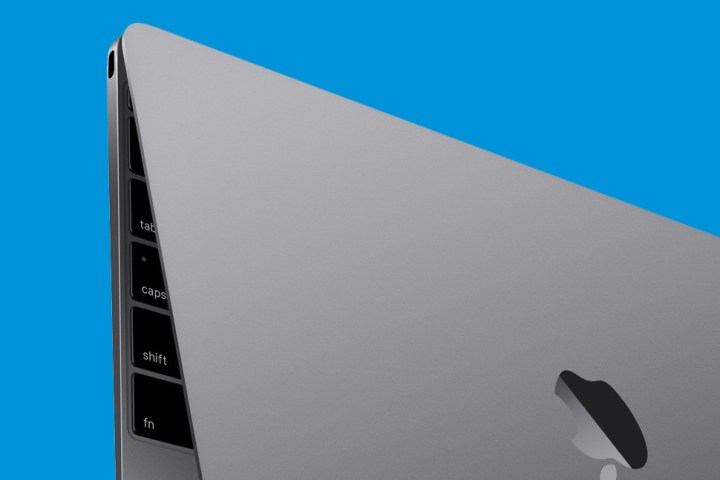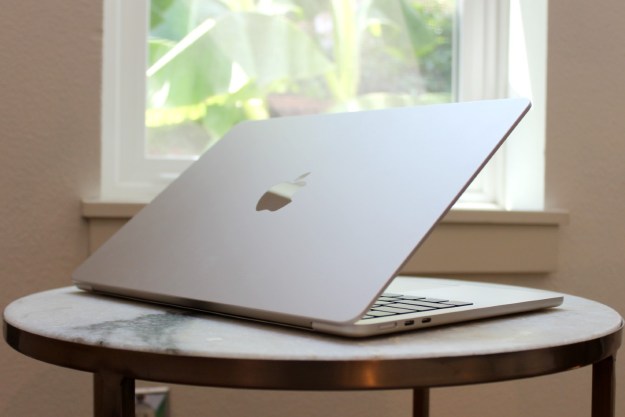
As it turns out, the new Skylake-equipped MacBook models are faster than their 2015 counterparts. How much faster depends on your personalized configuration, but the consensus is between 5 and 18 percent.
Geekbench suggests that, with the entry-level Skylake 1.1GHz Intel Core m3 configuration, you’ll experience a CPU performance increase between 5 and 10 percent over the Broadwell MacBooks of yesteryear. That’s translated over from the Geekbench-assigned single-core score of 2,534 and the multi-core score of 5,025.
If you’re willing to spend a little more, the Skylake-wielding 1.2GHz Core m5 build achieved single and multi-core scores of 2,894 and 5,845, respectively, making it 15 to 18 percent faster than last year’s model of the same spec.
Meanwhile, a 1.3GHz Intel Core m7 model can be built to order for $1,549 or $1,749 depending on storage options. With the more powerful clock speeds attached, this model garnered 64-bit single and multi-core ratings of 3,023 and 6,430, respectively, rendering it between 9 and 17 percent faster than last year’s 1.3GHz Broadwell model.
You can get the 2016 12-inch MacBook in a variety of flavors. Color arrangements extend to Silver, Gold, Space Gray, and the newly added Rose Gold variant, while two different storage configurations also exist.
Buyers can choose between 256GB and 512GB of PCIe-based flash storage, and while they’re largely identical otherwise, the less capacious offering packs a 1.1GHz dual-core Intel Core m3 Skylake processor while the 512GB edition comes with a slightly faster 1.2GHz chip. The former costs $1,299 while the latter is $1,599.
Both the 256GB and 512GB models can be upgraded to a 1.3GHz chip of the same class for either $250 or $150, respectively.
Editors' Recommendations
- MacBook Pro OLED: Here’s everything we know so far
- MacBook Pro 16 vs. MacBook Pro 14: The important differences
- The biggest threat to the MacBook this year might come from Apple itself
- Why you should buy a MacBook Pro instead of a MacBook Air
- Here’s more confirmation that 2024 will be a slow year for Macs


